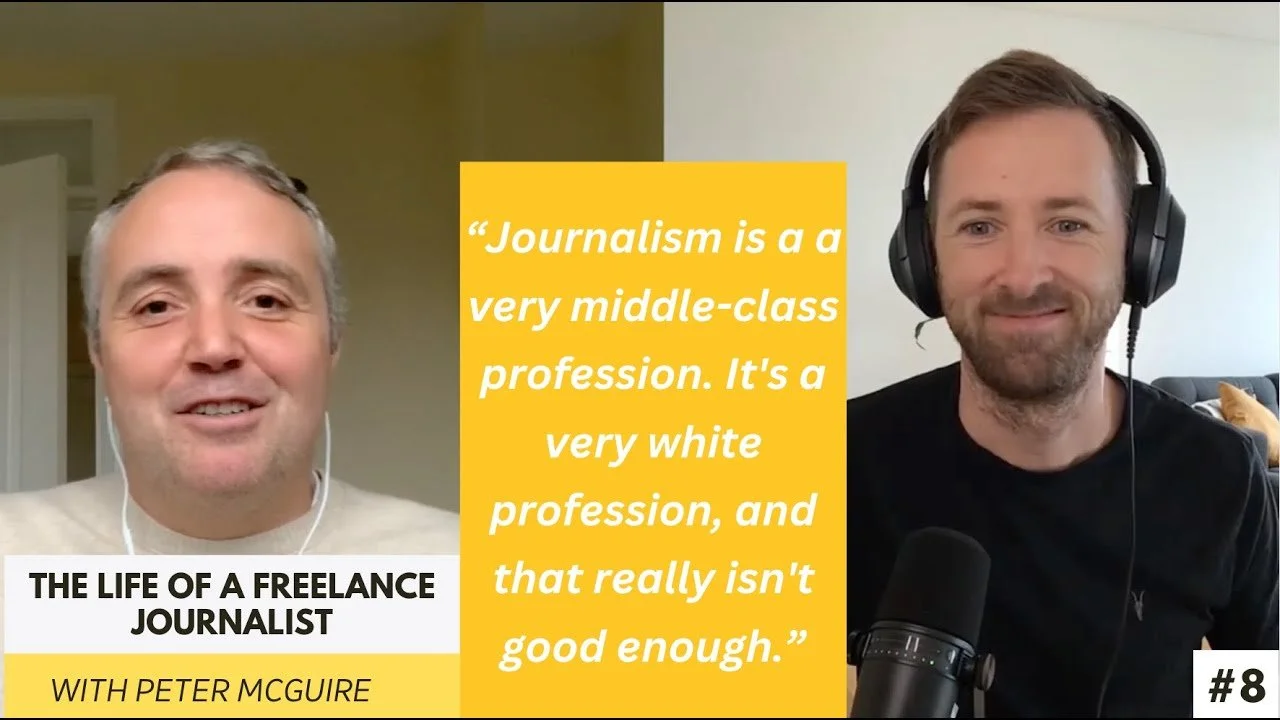7 Tips for Fun and Effective Networking
Networking is important for job-hunting and developing business connections - and everyone knows it. We prefer to work with people we know and to hire people we know.
BUT, there’s a problem! Almost everyone I speak to about networking tell me that they really dislike it. So here are a couple of tips and pointers to remember about networking that I hope will help you.
Enjoy it!
Many people who come to me tell me that they want to 'work with people' but simultaneously say that they dislike networking. Does networking not involve people? Well, the real problem is what they believe about networking - they seem to think that it’s some process of begging for work and trying to convince someone to give them a job. On the contrary! It’s about getting to know people and building relationships. The rest of it follows. Remember people will be more likely to offer you a position if they enjoy being around you - wouldn't you do the same thing?
“Familiarity breeds liking”
Speak to the person first
Following on from the last point, we don’t want to rush in and start making offers and trying to get work/clients from people we have just met. (I actually have been offer services at networking events without saying one word!). Rather, let’s speak to them as a person (not just a customer or a potential employer) and show genuine interest in what they do. Ask questions and listen carefully.
Elicit their needs
The next thing to do is find out what business problems they have and what their needs are. 'How do you do this?' Ask them! “What are the biggest challenges in your business at the moment?”. Remember that every business needs two things - more money and less problems. If you can help them with either of these, you can be sure that they will be interested in speaking with you further.
Offer help
Having found out their needs, now is the time for you to think if you could help them out. If you can, perhaps you could make that suggestion to them and offer to show the value of your work before they have to make any commitment or take any risks. On the other hand, if you’re unable to help them out personally, because the problems are beyond your skills or training, maybe you could offer to put them in touch with someone who could help them out. LinkedIn is a great tool to for doing this.
Principal of Reciprocity
By this stage you’ve been listening to them and finding out what they’re interested in. You’ve talked to them about their needs and you’ve offered to either help them or put them in touch with someone else who could help them. You’ve showed genuine interest in them and you’re enjoying building the relationship and getting to know this person. Well… what’s missing? Up until now, the whole conversation has been based around them, their needs and their problems. The principle of reciprocity tells us that people want to do something nice for others especially if the other person has already done something nice for them. For evidence of this, think of a time that you’ve been invited to a party - and then you’ve invited that person to your party. Why? They invited you first and you wanted to repay the invitation! That’s the principal of reciprocity at work. In other words, at some stage the person will be interested in finding out about you by the very nature of you asking so much about them. I find this particularly nice because you haven’t imposed upon them - they’ve asked you themselves.
Tell them about yourself
Now is your chance. This is where you need to have your personal pitch well-rehearsed and good to go. Explain what you do or what type of position you’re looking for. Make sure to emphasise your strong points but in a modest way and remember that this is a good opportunity to tell them how you might be able to help them. Alternatively, you could ask to buy them a coffee and speak about some ideas or suggestions that you have - anything to continue building the relationship.
Get back in touch
Once you have made the initial meeting in this way, it’s time to follow up with them a few days later, either by email or on LinkedIn. Connecting on the professional network is always a good idea because it’ll expand your network even further and may connect you to other people who are even more relevant for what you’re looking for. LinkedIn is always my preference for connecting in this way. Plus, that’s what it’s for.
Thanks for reading. I hope this post helped.
References:
influenceatwork (2012) Science of persuasion. Available at: https://www.youtube.com/watch?v=cFdCzN7RYbw (Accessed: 10 November 2015).










